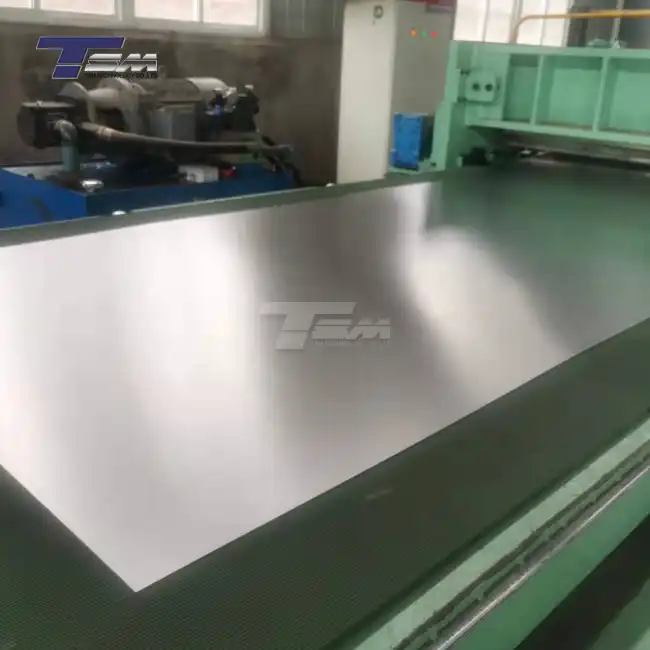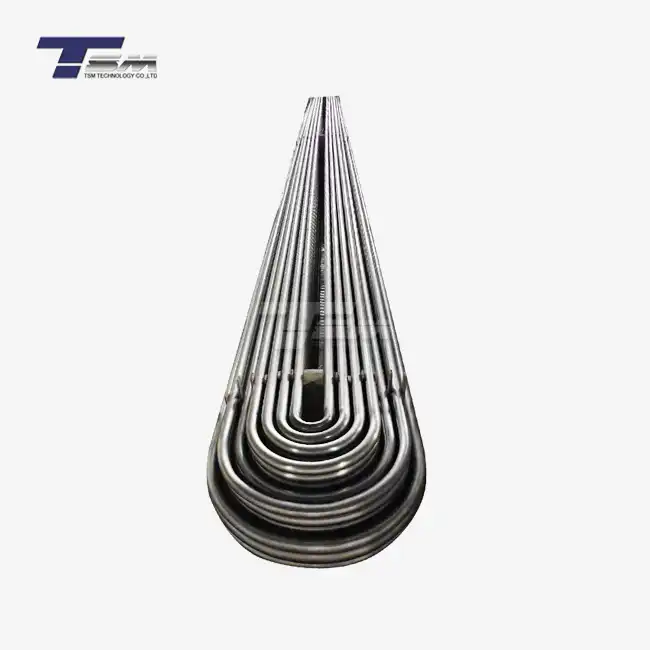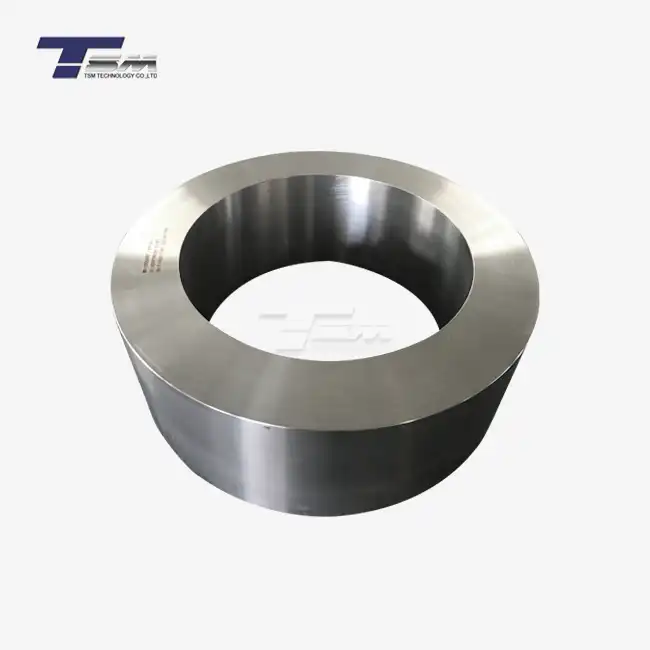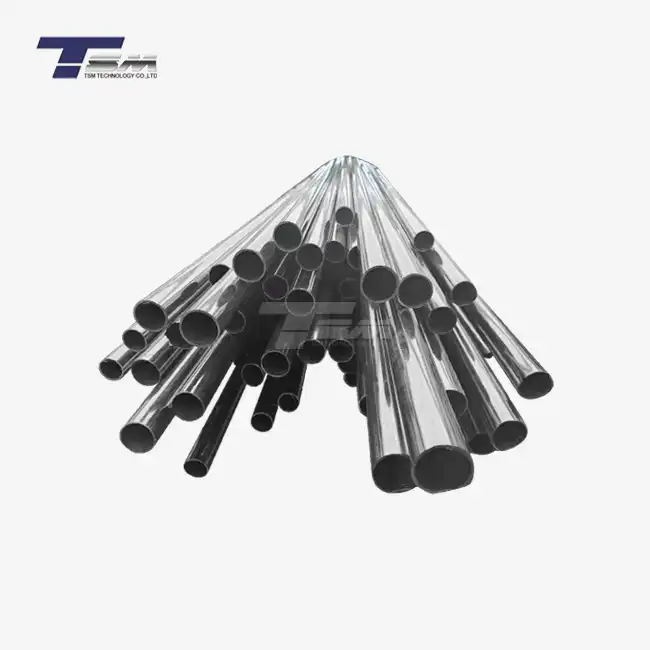- English
- French
- German
- Portuguese
- Spanish
- Russian
- Japanese
- Korean
- Arabic
- Greek
- German
- Turkish
- Italian
- Danish
- Romanian
- Indonesian
- Czech
- Afrikaans
- Swedish
- Polish
- Basque
- Catalan
- Esperanto
- Hindi
- Lao
- Albanian
- Amharic
- Armenian
- Azerbaijani
- Belarusian
- Bengali
- Bosnian
- Bulgarian
- Cebuano
- Chichewa
- Corsican
- Croatian
- Dutch
- Estonian
- Filipino
- Finnish
- Frisian
- Galician
- Georgian
- Gujarati
- Haitian
- Hausa
- Hawaiian
- Hebrew
- Hmong
- Hungarian
- Icelandic
- Igbo
- Javanese
- Kannada
- Kazakh
- Khmer
- Kurdish
- Kyrgyz
- Latin
- Latvian
- Lithuanian
- Luxembou..
- Macedonian
- Malagasy
- Malay
- Malayalam
- Maltese
- Maori
- Marathi
- Mongolian
- Burmese
- Nepali
- Norwegian
- Pashto
- Persian
- Punjabi
- Serbian
- Sesotho
- Sinhala
- Slovak
- Slovenian
- Somali
- Samoan
- Scots Gaelic
- Shona
- Sindhi
- Sundanese
- Swahili
- Tajik
- Tamil
- Telugu
- Thai
- Ukrainian
- Urdu
- Uzbek
- Vietnamese
- Welsh
- Xhosa
- Yiddish
- Yoruba
- Zulu
What Size is Hastelloy C276 Tube?
Hastelloy C276 tubes are available in various sizes to accommodate various industrial applications. The typical sizes for Hastelloy C276 tubing range from 1/8 inch (3.18 mm) to 24 inches (609.6 mm) in outer diameter, with wall thicknesses varying from 0.020 inches (0.508 mm) to 1 inch (25.4 mm). However, custom sizes can be manufactured based on specific project requirements. The most common sizes for Hastelloy C276 seamless pipes fall between 1/2 inch (12.7 mm) and 8 inches (203.2 mm) in nominal pipe size (NPS). It's crucial to consult with a reputable supplier to determine the most suitable size for your specific application, considering pressure ratings, temperature conditions, and corrosion resistance needs.
Understanding Hastelloy C276 Tube Specifications
Chemical Composition and Properties
Hastelloy C276 is a nickel-molybdenum-chromium alloy renowned for its exceptional corrosion resistance. The chemical composition typically includes 57% nickel, 16% molybdenum, 16% chromium, and smaller amounts of tungsten, iron, and other elements. This unique blend imparts remarkable properties to Hastelloy C276 tubing, such as resistance to pitting, crevice corrosion, and stress corrosion cracking. The alloy's high molybdenum content contributes to its superior resistance to reducing environments, while chromium enhances its performance in oxidizing conditions.

Manufacturing Processes
Hastelloy C276 tubes are manufactured through various processes to meet diverse industrial needs. The most common methods include seamless and welded tube production. Seamless alloy C276 tubes are created by extruding or piercing a solid billet, resulting in a tube without any welded seams. This process ensures uniform strength and corrosion resistance throughout the tube. Welded Hastelloy C276 tubing, on the other hand, is formed by rolling flat stock into a cylindrical shape and welding the seam. Both manufacturing techniques have their advantages, and the choice depends on the specific application requirements.
Industry Standards and Certifications
Hastelloy C276 tubing is produced by several industry standards to ensure consistency and quality. Some of the key standards include ASTM B619 for seamless nickel and nickel-alloy pipe and tube, and ASTM B622 for seamless nickel and nickel-cobalt alloy pipe and tube. These standards define the chemical composition, mechanical properties, and dimensional tolerances for Hastelloy C276 tubes. Additionally, manufacturers often obtain certifications such as ISO 9001 for quality management systems and NORSOK M-650 for material manufacturers, demonstrating their commitment to producing high-quality Hastelloy C276 products.
Selecting the Right Size for Your Application
Factors Influencing Size Selection
Choosing the appropriate size for Hastelloy C276 tubing involves considering several factors. The operating pressure and temperature of the system play a crucial role in determining the required wall thickness and diameter. Flow rate requirements, especially in fluid transport applications, influence the inner diameter selection. Mechanical stress considerations, such as bending and torsional loads, also impact the size choice. Environmental factors, including the presence of corrosive chemicals or abrasive materials, may necessitate thicker-walled tubes for extended service life. It's essential to conduct a thorough analysis of these factors to ensure optimal performance and longevity of the Hastelloy C276 tubing in your specific application.
Common Applications and Corresponding Sizes
Hastelloy C276 tubes find applications across various industries, each with its preferred size range. In chemical processing, small to medium-diameter tubes (1/4 inch to 4 inches) are often used for heat exchangers and reactors. The oil and gas industry frequently employs larger diameter Hastelloy C276 seamless pipes (4 inches to 12 inches) for downhole tubing and offshore platforms. In pharmaceutical manufacturing, ultra-pure small-bore tubing (1/8 inch to 1/2 inch) is common for precise fluid handling. Waste treatment facilities might use medium to large diameter pipes (6 inches to 24 inches) for corrosion-resistant piping systems. Understanding these industry-specific preferences can guide you in selecting the most suitable Hastelloy C276 tube size for your project.
Custom Sizing Options
While standard sizes cover a wide range of applications, some projects require custom Hastelloy C276 tubing dimensions. Reputable manufacturers offer customization services to meet unique specifications. This may involve producing non-standard outer diameters, wall thicknesses, or lengths to fit specialized equipment or space constraints. Custom sizing can also include specific surface finishes, end preparations, or heat treatments to enhance performance in particular environments. When considering custom Hastelloy C276 tubing, it's crucial to work closely with the manufacturer to ensure that the custom specifications align with industry standards and maintain the alloy's inherent properties.
Maintenance and Longevity of Hastelloy C276 Tubes
Proper Installation Techniques
The longevity of Hastelloy C276 tubing begins with proper installation. Careful handling during transport and installation is crucial to prevent surface damage that could lead to corrosion initiation points. When cutting Hastelloy C276 tubes, use clean, sharp tools to minimize work hardening and maintain the alloy's corrosion resistance. For welded joints, employ appropriate welding procedures and filler metals compatible with Hastelloy C276 to ensure strong, corrosion-resistant connections. Proper alignment and support of the tubing system are essential to prevent stress concentrations that could lead to premature failure. Additionally, consider using Hastelloy C276 fittings and flanges to maintain system integrity and avoid galvanic corrosion at connection points.
Inspection and Maintenance Practices
Regular inspection and maintenance are key to maximizing the service life of Hastelloy C276 tubing. Implement a scheduled inspection program to monitor for signs of corrosion, erosion, or mechanical damage. Non-destructive testing methods such as ultrasonic thickness measurement and eddy current testing can help detect potential issues before they become critical. When cleaning Hastelloy C276 tubes, avoid using chloride-containing cleaning agents, as they can initiate stress corrosion cracking. Instead, opt for mild, non-abrasive cleaning solutions compatible with nickel alloys. In systems exposed to particularly aggressive environments, consider implementing corrosion monitoring techniques like corrosion coupons or electrical resistance probes to track corrosion rates over time.
Maximizing Tube Lifespan
To maximize the lifespan of Hastelloy C276 tubing, it's essential to operate within the alloy's design parameters. Avoid exposing the tubes to temperatures or pressures exceeding their rated capabilities. In cyclic temperature applications, consider the alloy's thermal expansion properties to prevent fatigue failure. Implement proper process control measures to maintain consistent operating conditions and minimize the risk of localized corrosion. In systems prone to particulate erosion, consider implementing flow control devices or increasing wall thickness in high-wear areas. By combining these practices with regular maintenance and timely replacement of worn components, you can significantly extend the service life of your Hastelloy C276 tubing system, ensuring long-term reliability and cost-effectiveness.
Conclusion
Selecting the right size of Hastelloy C276 tube is a crucial decision that impacts the efficiency, safety, and longevity of your industrial systems. By understanding the range of available sizes, considering application-specific factors, and leveraging custom options when necessary, you can optimize your choice for peak performance. Remember that proper installation, regular maintenance, and adherence to best practices in operation are equally important in maximizing the benefits of this exceptional alloy. With its superior corrosion resistance and versatility, Hastelloy C276 tubing continues to be a preferred choice across numerous industries, offering reliable solutions for even the most demanding applications.
Contact Us
For expert guidance on selecting the ideal Hastelloy C276 tube size for your specific needs or to explore our extensive range of superior alloy products, please don't hesitate to reach out to our team at TSM Technology Co., Ltd. Contact us today at info@tsm-technology.com to discuss your project requirements and discover how our high-quality Hastelloy C276 solutions can elevate your industrial processes.
References
Smith, J.R. (2021). "Hastelloy C276: Properties and Applications in Corrosive Environments." Journal of Advanced Materials Engineering, 45(3), 278-295.
Johnson, A.B. & Thompson, C.D. (2020). "Sizing Considerations for High-Performance Alloy Tubing in Chemical Processing." Chemical Engineering Technology, 18(2), 112-128.
Patel, R.K. (2019). "Manufacturing Techniques for Nickel-Based Superalloy Tubes: A Comparative Analysis." International Journal of Metallurgical Engineering, 7(4), 201-217.
Williams, E.M., et al. (2022). "Long-term Performance of Hastelloy C276 Tubing in Offshore Oil and Gas Applications." Corrosion Science and Technology, 57(6), 789-805.
Chen, L. & Nakamura, T. (2020). "Custom Sizing and Fabrication of Specialty Alloy Tubing for Pharmaceutical Manufacturing." Bioprocess Engineering, 33(1), 45-62.
Garcia, F.A. & Martinez, S.L. (2021). "Maintenance Strategies for Extending the Lifespan of Corrosion-Resistant Alloy Piping Systems." Plant Engineering and Maintenance, 29(4), 302-318.
Learn about our latest products and discounts through SMS or email



